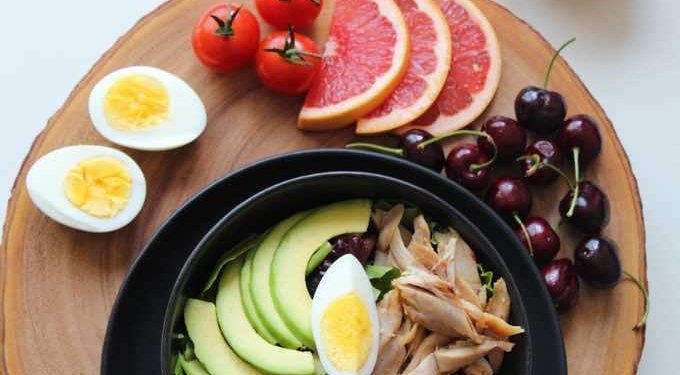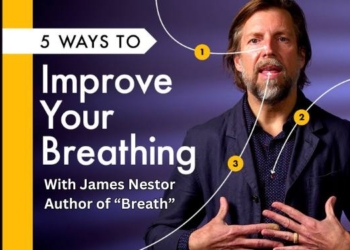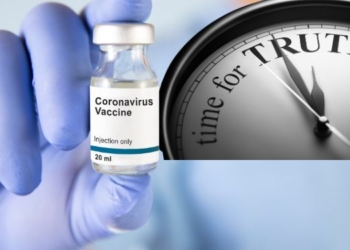
By Rebecca Smith
There are a lot of diet trends that come and go. With most of these diets, you have to follow strict guidelines that would require you to weigh every piece of lettuce or take note of every micronutrient. If you’re starting a new fitness program, your trainer would probably advise you to do the same. While these diets may be effective if followed precisely, the problem is that their restrictive nature makes them very difficult to maintain. This results to a yo-yo style of dieting which does not really work in the long run.
When you’re practicing calisthenics, you also need to maintain a proper diet. However, unlike other diets, there are really no hard and fast rules that you need to stick to with calisthenics nutrition. Just like calisthenics training, the method of eating in a calisthenics diet is very adaptable. This means you still get to choose what food to eat every single day depending on your lifestyle.
Here are five helpful tips that will get you started on a calisthenics diet.
1) Detox from unhealthy food
When starting a calisthenics diet, it is advisable to remove all unhealthy food from your daily eating. The list of unhealthy food is endless so use your own judgment on what you normally indulge in even if you know it is unhealthy for you. Still no clue? All those sugar-filled food, chips, snacks filled with preservatives, alcohol, empty carbs like white rice and white bread, pastries, desserts, chocolate bars and cakes have to go.
The first two to three weeks should be totally without these junk food. Don’t have cheat days especially in this period because your goal is to get your body used to seeking only nutrient-dense food. Keep in mind that in order for your calisthenics practice to be effective, you have to fuel your body with food that will make you stronger, instead of empty calories that do not have any nutrients.
2) Natural means no-labels
The calisthenics diet is all about natural foods. This means food from nature – not the packaged food with labels saying “All-Natural”. This is usually a labelling gimmick used by food manufacturers to sell their products. The rule of thumb is, when the food does not have a label, the better.
Focus on whole foods that are filled with nutrients. This means you should concentrate on proteins like fish, chicken, beef and other seafood; healthy grains like quinoa, oat bran and millet; dairy; and fresh fruits and vegetables.
When you don’t have a choice but to go for packaged food, it would be good to look at the ingredients. The more items you can’t pronounce means the more chemicals and preservatives it has. Go for food items that you actually know what they’re made of.
3) Eat the healthy food your body responds to
With a calisthenics fitness routine, you can choose what bodyweight exercises you can do and adjust the intensity of the exercises to suit your personal capability. What makes calisthenics exercises amazing is that they are very functional meaning the moves support how your body naturally moves in your everyday life.
With calisthenics nutrition, this concept is also applicable. This means that you will not be forced to eat unusual food items or a specific dish every day. You actually have the power to choose what to eat as long as you stick to whole, nutrient filled choices. There are hundreds if not thousands of options so there’s no excuse to resort to a donut.
In terms of the quantity of food, it really depends on your activity level. Again, it is best to respond to how your body feels.
4) Ask yourself if you really want it
In an ideal world, you’ll never crave for a croissant or an ice cream again but this is not always the case. After your detox period, when your body is used to eating naturally healthy food, it will be much easier to resist these temptations.
However, if in case you have a craving, don’t decide on impulse. Find a healthier alternative instead of just instantly going for that chocolate bar. Pause and ask yourself if it is really worth it. Sometimes, not acting on impulse will let the cravings pass.
5) Drink a lot of water
Water is very important even if you’re following a diet or not. It has been said that you can live without food for up to two weeks but you cannot survive without water after 3 days. Sometimes when you feel that you’re hungry, the reality is that you are only really thirsty.
Drinking enough water will also ensure that the nutrients you are eating will be well distributed to your body. It will also lend many other healthful benefits that will complement your calisthenics practice.
The Calisthenics Diet Lifestyle
Following a calisthenics diet is not difficult or challenging. It’s all about living a clean, healthy lifestyle and listening to your body. Instead of thinking what you are not allowed to eat, think about the countless of whole foods and fresh options you can include in your everyday diet.
About the Author:
 Rebecca Smith started calisthenics at age 26 as a means to lose weight and tone her body. After completing her first successful muscle up, the amazing feeling inspired her to train further and become a full-time calisthenics instructor. Rebecca also holds a Management Degree and a Diploma in Nutrition.
Rebecca Smith started calisthenics at age 26 as a means to lose weight and tone her body. After completing her first successful muscle up, the amazing feeling inspired her to train further and become a full-time calisthenics instructor. Rebecca also holds a Management Degree and a Diploma in Nutrition.
















